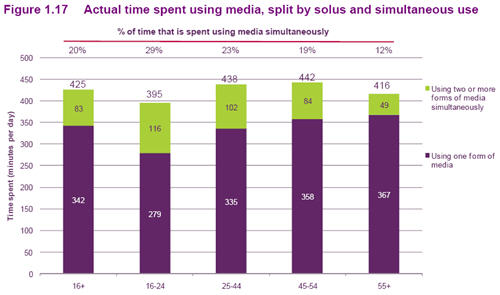The Daily Me is finally arriving with the convergence of social news and tablets
Last week I wrote about Flipboard and Paper.li: Social news curation hits the tipping point. The news today is that Betaworks, which developed or supported the highly successful Tweetdeck, bit.ly, Tumblr and far more, is working on News.Me, a ‘personalized news service’, in collaboration with New York Times.
While neither organization would say much about it, this will clearly be a social news service that will tap, among other resources, the vast data bit.ly has (presumably) collected on what links are shared on Twitter and other social networks. New York Times invested in Betaworks in its March $20 million Series B, and then shifted one of its early stage products into Betaworks, where it is soon to emerge as News.Me.
In his 1995 book Being Digital Nicholas Negroponte wrote about the idea of a ‘Daily Me’ newspaper, that would provide news tailored to the individual. This spawned a multi-year debate about the supposed evils of the Daily Me, which would mean people wouldn’t be exposed to the diversity of the world and would live within their own navels.


